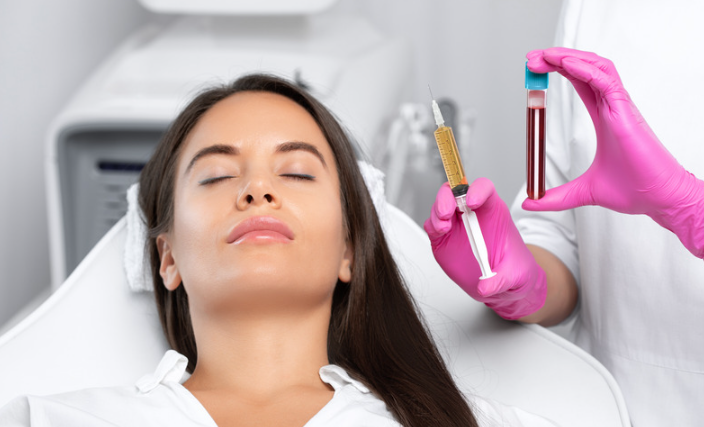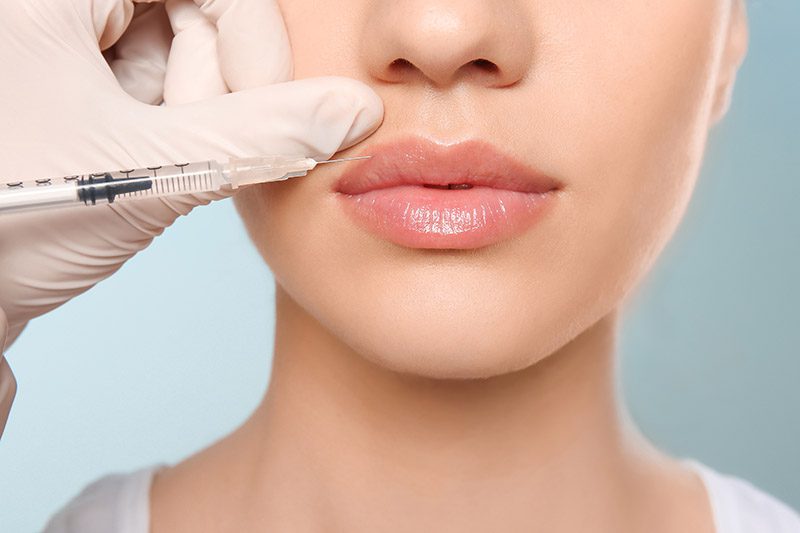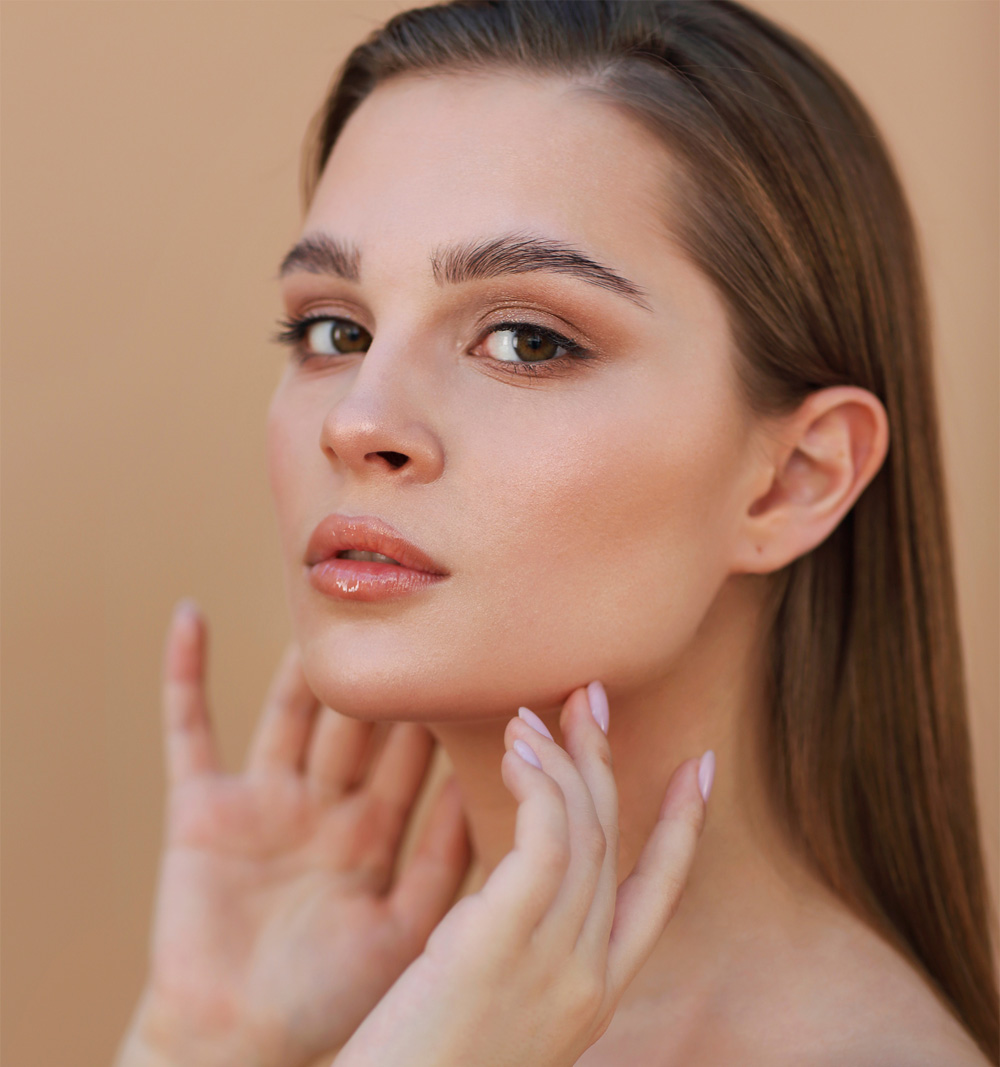
Aging is an inevitable part of life, and as we grow older, our skin loses its natural elasticity, leading to the appearance of fine lines, wrinkles, and age spots. While aging gracefully is a beautiful process, many individuals still look for ways to maintain a youthful complexion and slow down the effects of time on their skin.
One such popular anti-aging dermatology treatment is Botox. Botox has been a go-to treatment for millions of people across the globe, and in this section, we will explore how Botox can minimize the signs of aging from your twenties to sixty years old.
What Is Botox?
Botox is a brand name for a substance called Botulinum Toxin Type A, produced by the bacterium Clostridium botulinum. It is a neurotoxic protein that can provide various medical and cosmetic benefits when used in small and controlled doses.
While it is most commonly known for its ability to reduce wrinkles and fine lines, Botox also has numerous therapeutic uses, such as treating migraines, excessive sweating (hyperhidrosis), and muscle spasms.
Where Did Botox Come From?
Botox began in the early 19th century when German physician and poet Justinus Kerner first studied the toxic effects of botulinum toxin. He observed the symptoms of foodborne botulism, a severe and potentially fatal form of food poisoning caused by ingesting contaminated food containing the toxin.
Kerner was the first to suggest that the toxin named “sausage poison” could have therapeutic uses. Still, it was not until 1897 that Emile van Ermengem, a Belgian bacteriologist, isolated the Clostridium botulinum bacterium and identified it as the cause of botulism.
In the 1950s and 1960s, researchers discovered that botulinum toxin could be used to treat various muscle disorders. Dr. Vernon Brooks found that injecting minute amounts of botulinum toxin into hyperactive muscles blocked the release of acetylcholine, a chemical responsible for muscle contraction, and induced temporary muscle relaxation.
This discovery was followed by the development of a purified form of the toxin by Dr. Alan Scott, an American ophthalmologist who was the first to utilize the neurotoxin for medical purposes. He used it to treat strabismus (crossed eyes) and blepharospasm (uncontrolled blinking), and his patients experienced significant improvements in their conditions.
Their success led to the first human trials. And in 1989, the US Food and Drug Administration (FDA) approved botulinum toxin type A (marketed as Botox) for the treatment of strabismus and blepharospasm.
It wasn’t long before cosmetic applications of Botox were discovered. In the 1990s, Canadian ophthalmologist Dr. Jean Carruthers observed that her patients not only experienced relief from their eye disorders but also had fewer wrinkles around their eyes after receiving Botox injections. This marked the beginning of Botox as a cosmetic treatment, which was approved by the FDA in 2002 for the temporary improvement of moderate to severe frown lines.
How Does Botox Work?
Botox works by temporarily blocking the communication between nerves and muscles, which prevents the muscles from contracting. When the muscles are unable to contract, the overlying skin becomes smoother, resulting in a reduction of wrinkles and fine lines.
It is important to note that Botox does not paralyze the muscles; instead, it simply relaxes them, allowing for a more youthful and refreshed appearance.
When Botox is injected into specific facial muscles, it blocks the release of a neurotransmitter called acetylcholine. This neurotransmitter is responsible for sending signals from nerves to muscles, telling the muscles when to contract.
Without acetylcholine, the muscles cannot receive these signals, and as a result, they remain relaxed. This relaxation effect typically lasts for 3 to 6 months, after which the muscles gradually regain their ability to contract, and the wrinkles may reappear. To maintain the desired results, patients often choose to undergo regular Botox treatments every few months.
Botox in Your Twenties
While most people start considering anti-aging dermatology treatments in their thirties or forties, it is not uncommon for individuals in their twenties to seek this treatment as a preventative measure. In your twenties, your skin is still producing collagen at a steady rate, and the signs of aging are minimal. However, genetics, sun exposure, and lifestyle choices can play a role in the early development of fine lines and wrinkles.
In such cases, Botox can be used as a preventive treatment to target specific facial muscles responsible for creating dynamic wrinkles (wrinkles caused by muscle movement). By weakening these muscles, Botox can help delay the formation of permanent lines, ensuring that your skin maintains its youthful appearance for longer.
Botox in Your Thirties and Forties
As we enter our thirties and forties, the natural aging process starts to become more evident. Collagen production decreases, and our skin loses its firmness and elasticity.
This is when fine lines and wrinkles become more pronounced, especially around the eyes, forehead, and mouth. Botox can be a highly effective solution to address these visible signs of aging.
By targeting the facial muscles responsible for creating dynamic wrinkles, Botox injections can temporarily relax these muscles, resulting in a smoother, more youthful complexion. Regular Botox treatments can also help maintain these results for an extended period.
Aside from minimizing the appearance of wrinkles, Botox can also be used to treat other age-related concerns, such as excessive sweating, chronic migraines, and even muscle spasms.
Botox in Your Fifties and Sixties
In your fifties and sixties, the signs of aging become more prominent, with deeper wrinkles, sagging skin, and loss of volume. While Botox remains an effective treatment for dynamic wrinkles in this age group, it may need to be combined with other non-surgical treatments, such as dermal fillers and laser resurfacing, to address the multiple aspects of aging.
Botox can still help reduce the appearance of crow’s feet, forehead lines, and frown lines, but addressing the loss of volume and sagging skin may require dermal fillers, which can help replenish lost facial volume and restore a more youthful, lifted appearance. Laser resurfacing treatments can also improve skin texture and reduce age spots, pigmentation, and fine lines.
Defy Gravity and Aging
Botox has demonstrated its versatility and efficacy in reducing the visible signs of aging for individuals ranging from their twenties to their sixties. It can be employed at various ages to decrease wrinkles, even out fine lines, and give the skin a more youthful appearance.
It is crucial to discuss with a physician to establish the most appropriate anti-aging dermatology treatment strategy for each person, as Botox necessitates special attention and caution to guarantee safe and successful outcomes. With the proper care and upkeep, Botox can assist people in looking and feeling more youthful, allowing them to age elegantly.
In search of the best botox in Tulsa? YSRX YouthskinRX has got you covered. Our highly skilled team is ready to address all your concerns and offer you the finest treatment available. Get in touch with us now to book a consultation and start your journey toward attaining your desired appearance!



